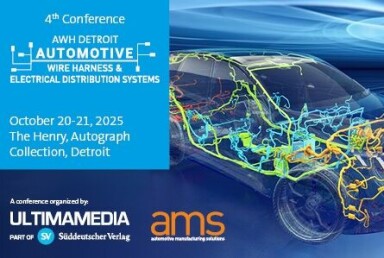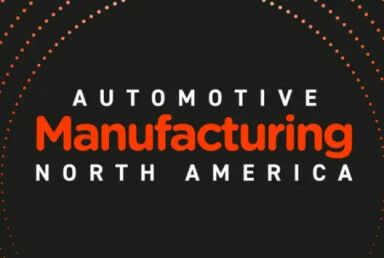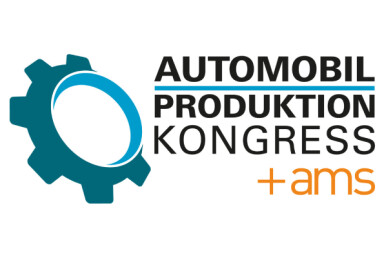The automotive industry weighs the challenges of geopolitics and market factors in 2025
Trade wars, geopolitical tensions, mergers, increasing competition are all considerations that need to be addressed and navigated by vehicle makers and suppliers. Ian Henry highlights some of the key factors to look out for in 2025.
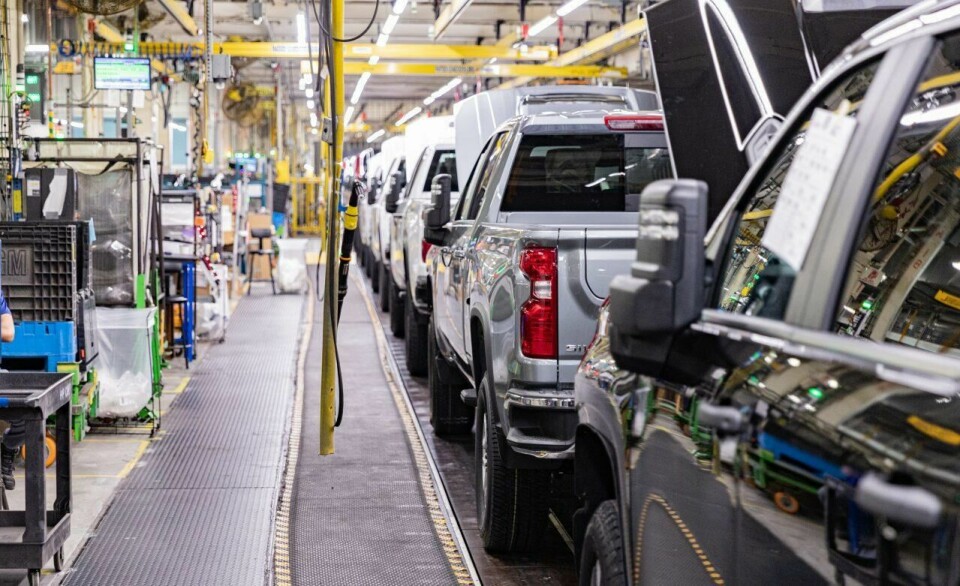
While VMs’ engineering and product development departments accelerate their use of AI, software defined vehicle platforms and related advanced technologies, the world of automotive manufacturing is equally impacted by geopolitical and industrial structure issues. Moreover the rate and scale of adoption of new technologies will in turn be determined by the financial and structural health of the companies concerned. So, what key geopolitical and industrial-market structure factors should we be concerned with as the new year starts?
What to expect from the next Trump presidency
The return of Donald Trump to The White House means a shake-up for trade policy as a whole and the likely imposition of increased tariffs on vehicle and component imports into the US. The scale of these tariffs remains to be confirmed; Trump has spoken of a blanket 25% tariff on all imports, irrespective of product and source country, and also of specific automotive tariffs on Mexico and Canada in particular. The EU has also been threatened with increased automotive tariffs. Come the end of January things should become clear in this area, and vehicle companies will need to quickly review production locations and assess the impact of tariffs on likely production volumes and where production takes place. We will no doubt return to this topic later in the year.
Meanwhile a number of other trends or developments in automotive manufacturing organisation are arguably easier to identify or assess: European vehicle companies will face increased competition from the Chinese, especially in EVs. We have already seen BYD confirm two factories in Europe, one in the EU in Hungary and one in Turkey. Both of these 150,000 upa factories should be operational by 2026, the Hungarian plant beginning production first. Leapmotor vehicles are now made from Chinese-supplied kits by Stellantis in Poland and we can expect to see more Leapmotor models made elsewhere in Stellantis’ European factories, although perhaps not until 2026 and beyond.
Such moves are being made in the light of the EU’s imposition of supplementary tariffs on Chinese EV imports. More Chinese VMs, such as Chery, Geely, Dongfeng and GAC, will likely announce European factories during 2025. These same companies will, along with BYD, continue to expand into Asia. They also want to manufacture in Mexico but are waiting to see what President Trump’s policy regarding Mexico turns out to be in reality.
Chinese VMs will be increasingly important global players, producing in and exporting from China – and doing the same from south-east Asian and European locations. One other issue regarding the Chinese is worth noting, namely the takeover of former European or Japanese VMs’ facilities in Russia. Following the invasion of Ukraine, the sanctions regime imposed on Russia meant the like of Volkswagen, Mercedes and Nissan exited Russia. Their vacated facilities are now being used Chery for production in Russia; further moves in this area will surely follow.
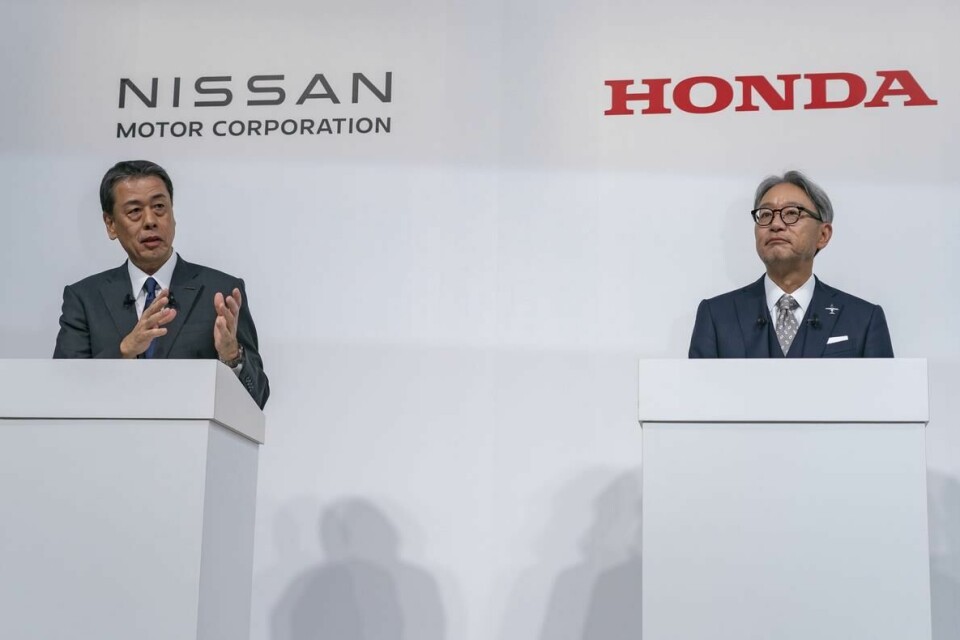
OEMs restructuring production operations
US, European, Japanese and indeed Korean “legacy” VMs will continue to need to restructure and optimise their operations in response to the rise of the Chinese and the trend to EVs. Honda and Nissan are working towards a merger, although in reality this will, if it comes to pass successfully, be more of take-over of Nissan by the much stronger Honda. Indeed early reports suggest that Honda shareholders will likely end up with 70% of more of the merged company.
Volkswagen has reportedly agreed with its unions that it will not close German factories, having threatened to close three or more German plants owing to its worsening financial situation. Whether its agreement to cut costs elsewhere, reallocate some production to Mexico and reduce production volumes in Germany will solve the company’s structural problems remains to be seen.
Stellantis’ change of CEO, with Carlos Tavares having departed late last year, will likely mean a new strategy for North America; whether the new strategy will in turn lead to the creation of a truly global company, with the European and North American arms of a car manufacturer operate a single unit, is another matter. Making European and North American operation work as coherent units has never really worked – Ford, GM and the former DaimlerChrysler bear the scars of such attempts. It may be a long shot, and a rupture may not happen this year, but whether Stellantis’ European and North American arms remain linked forever more given their lack of product sharing (and therefore lack of synergies in other areas) must surely be questioned at some point.
The need for speed and agility in response to new challenges
Changes in industry or large company structure – viz Honda-Nissan, Volkswagen and possibly Stellantis – will be an increasing feature of the industry going forward. Chinese VMs – especially BYD, Chery and Geely – will become entrenched as global players, as may the likes of Dongfeng, subject to the Chinese government allowing companies it controls to expand independently overseas. BMW, Mercedes, Hyundai-Kia and Toyota may appear stable and secure in their plans, but they too will face the challenge of how China will impact their operations (much of BMW’s and Mercedes’ profits come from China); and these companies, Mercedes excepted, have operations in Mexico, set up at least in part to supply the US. As suggested above, the economics of supplying the US from Mexico will be severely challenged by the capricious mood swings of the new President.
That last statement summarises the situation facing global VMs just now; evolving geopolitical issues mean that VM executives will need to be nimble and respond quickly to a rapidly changing world. What direction(s) they will need to pivot in is or are, unfortunately, far from immediately clear.
